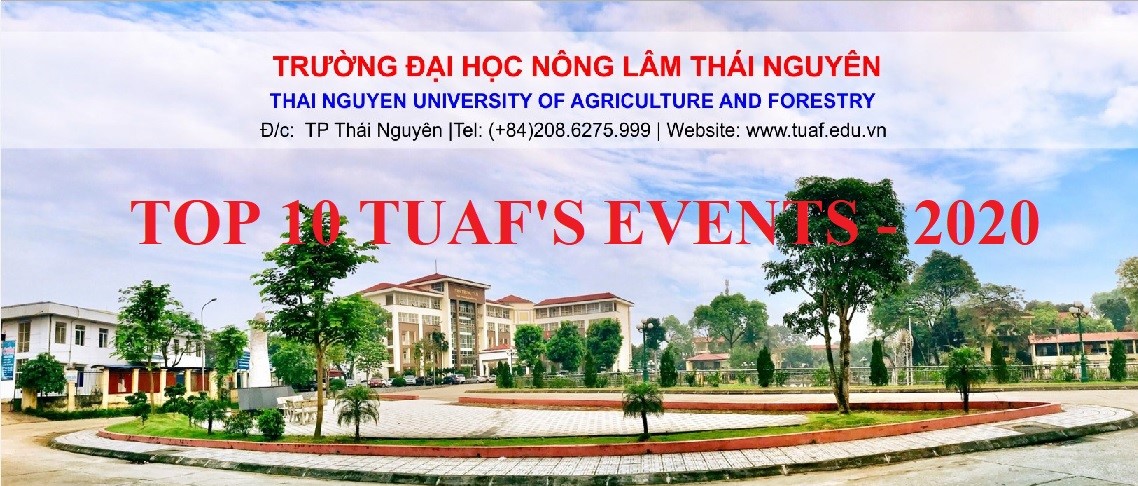AEP's trip to Ba Be Lake
AEP students explored the soon to be one of World’s Heritage and largest natural freshwater lake also known as Hồ Ba Bể, Ba Bể means "Three Lakes" in the local Tay language. These parts of lakes are PeLeng, Pe Lu, and Pe Lam connected to each other. While the different groups travel the lake, the National Park shows mainly the limestone and evergreen forest. Most of the tree species of the limestone forests are Burretiodendronhsienmu (Tiliaceae) and Streblustonkinensis (Moraceae). Climbing bamboo (Ampelocalamus) is an endemic plant common on the hill slopes near the lake shore to keep the soil from erosion. These include many other species of birds, reptiles, fishes and even butterflies. The group of students went to main spots namely Puong Cave, “the Fairy Pond”, experienced the morning drizzle over the lake and Dau Dang Waterfall which is formed by the Nang River.
Puong Cave located on the Nang River, 5km from the town of Ba Be District, BacKan province, was created by the rivers current as it flowed next to the base of the Lung Nham Mountain, which is a chain of Limestone Mountains.A great view of nature. Looking into the cave, you will see that it is inhabited by a population of thousand of bats belonging to 18 species. After exploring the cave, you will note that Nang River flows at the foot of the limestone mountain, goes through Puong Cave to reach Ba Be Lake and consists of a series of spectacular cascades between perpendicular walls of rock.
The "Fairy Pond"however iscompletely filled with clear water which seeps through the surrounding limestone rock and like the other special features of Ba Be, Fairy Pond is recalled in local legend; the name is in reference to the story of a local hunter who visited the island and became enchanted by fairies whom he found bathing at the pond.Dau Dang Waterfall is 16km from Ba Be District, 3km from Ba Be Lake, is an interesting place with the magnificent scenery for tourists in Vietnam travel to explore and enjoy.
Dau Dang Waterfall is located where the Nang River enters TuyenQuang Province. It flows for 2km where the Nang river is blocked by various sized stones slopping for nearly 500m. The pleasant look of the waterfall and the primitive nature of the forest are extremely impressive. Bo Lu Village and neighboringCoc Toc, directly opposite the main landing, are a great place to take a short walk through history. There is now road access between all of these villages and the park reception, although boats still offer the most relaxing and enjoyable way to make a visit. Refreshments are available in all of these villages, and there is the many choices of arranging home-stays in a number of traditional Tay stilt houses.
In order to experience an amazing way to get a feel for local life, as well as see and actually experience some traditional dance and songs or enjoy local foods- the group decided to settled in one local house during the period of the tour. The local people did not fail to surprise every visitors with their graceful dancing skills and wonderful voices in many song performances and showed everybody the richness of their culture. The first night was a small party held at the house where everyone stayed and the second night was a bonfire that every students enjoyed and turned out to be really a short break and memorable nature sightseeing experience which is very much important to improve the involvement of students in this kind of tour, close contact with nature to realize the value of biodiversity and the need to maintain a future functioning ecosystem – an important tool in gaining knowledge and become more effective in the field of servicing environmental protection in Vietnam. Even heavy rain did not stop everyone for this adventure.
(itctnu.edu.vn)
- TUAF Representative to Attend The First Conference Of Vietnamese And Hungarian Universities’ Rectors (12/2014)
- TUAF, Kyushu University cooperate in the field of Biotechnology (12/2014)
- Collaboration with Edith Cowan University, Australia strengthened (12/2014)
- Australian Ambassador to Vietnam HE Hugh Borrowman visits TUAF (12/2014)
- Officials of Lao PDR Ministry of Education and Sports visit TUAF (12/2014)
- TUAF Officials meet delegation from Kinki University, Japan (12/2014)
- Cooperation potentials between TUAF and Goettingen University, Germany (12/2014)
- Officals of TUAF visit Philippines (12/2014)
- NTHU delegation visit to TUAF (12/2014)
- 293 students receive Master's degree diplomas at the Commencement Exercises (12/2014)














